Understanding Pulse Oximeter Metrics: What Your OxyKnight® Fingertip Oximeter Readings Mean
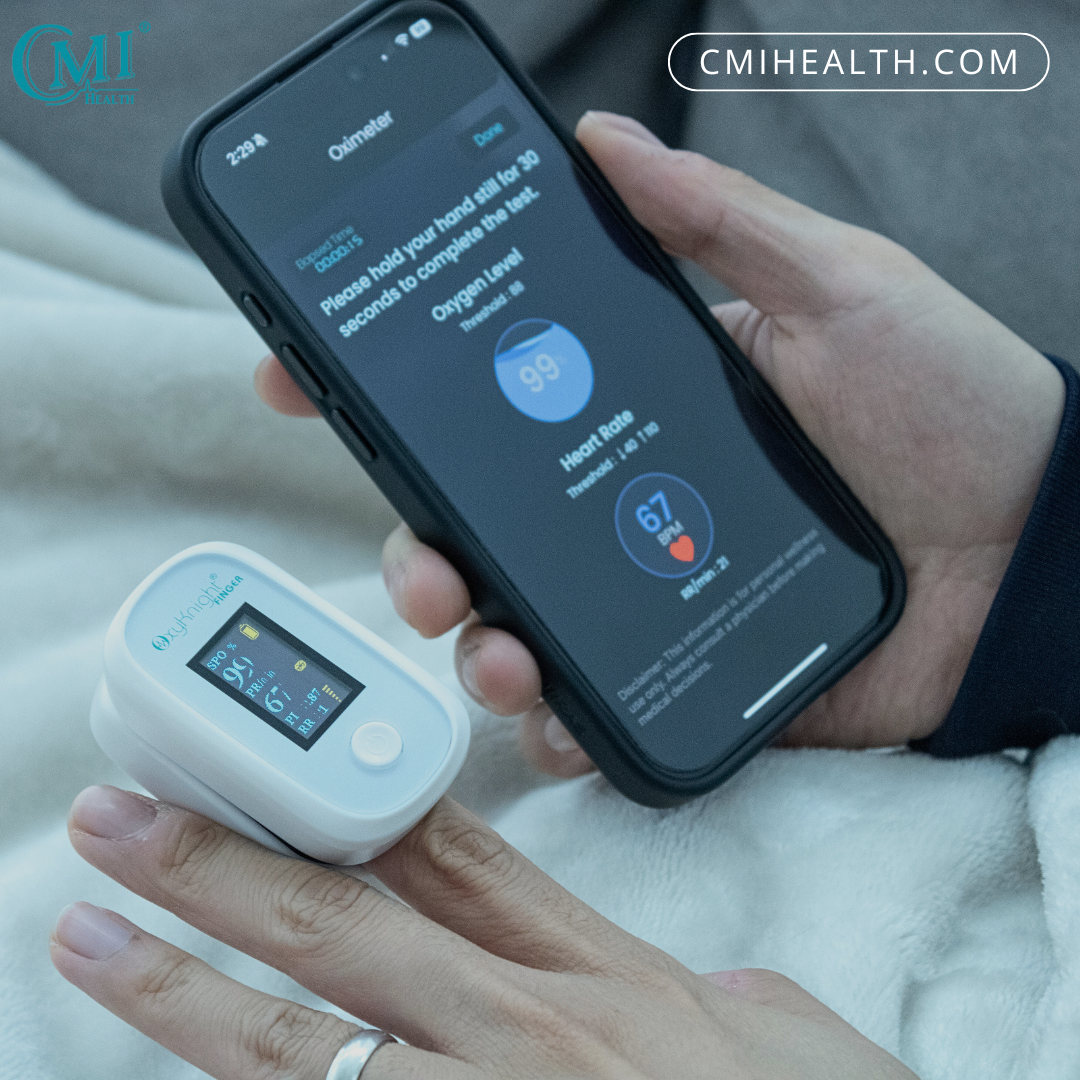
The OxyKnight® Fingertip Pulse Oximeter swiftly assesses blood oxygen levels and pulse rate, aiding in the early detection of certain health issues. Along with blood oxygen (SpO2), pulse rate, and perfusion index (PI) measurements, this device has the unique ability to monitor respiration rate (RR), giving users deeper insight into lung health metrics.
Our clinical-grade fingertip oximeter empowers users to proactively take control of their health through convenient and accurate in-app tracking and insights when paired with the OxyKnight® app.
Key Pulse Oximeter Metrics:
Blood Oxygen Saturation Level (SpO2) – The percentage of oxygen in a person's blood, or the saturation of peripheral oxygen. It's calculated by comparing the amount of oxygen-carrying hemoglobin in the blood to the amount of hemoglobin that isn't carrying oxygen
Pulse Rate (bpm) – The number of heartbeats per minute.
Perfusion Index (PI) – The ratio of the amount of oxygen-carrying blood in the area vs. the volume of blood not carrying oxygen. This tells you how well blood circulates in a specific part of your body.
Respiration Rate (RR) – The number of breaths a person takes in one minute.
These readings provide quick insights into your cardiovascular and respiratory health, whether you’re managing a chronic condition, monitoring fitness progress, or checking recovery from illness or surgery. Below, we’ll explore normal ranges, what deviations could indicate, and when to seek medical advice.
- Oxygen Saturation (SpO2) – What is SpO2?
SpO2 measures how much oxygen your blood is carrying. A healthy person’s blood is typically 95–100% saturated with oxygen. Pulse oximeters like the OxyKnight® Fingertip allow for non-invasive, real-time measurements.
 Normal SpO2 Levels:
Normal SpO2 Levels:
- Healthy individuals: 95–100%
- Older adults or mild health conditions: 92–95%
- Abnormal or concerning levels: Below 92%
What Do Low SpO2 Levels Mean?
- Below 92%: Could indicate hypoxemia (low blood oxygen levels), which may suggest respiratory and/or cardiovascular problems such as asthma, COPD, or pneumonia.
- Below 88%: Severe hypoxemia; seek immediate medical attention. Prolonged low oxygen can impair brain and heart function.
- During sleep: Temporary drops (below 90%) are common in individuals with sleep apnea but still require medical assessment if sustained.
Factors that Affect Readings:
Cold fingers or poor circulation can lower accuracy.
Nail polish or dark skin pigmentation may also interfere with readings slightly.
Data sourced from the Cleveland Clinic and John Hopkins.
- Pulse Rate (bpm) — What is Pulse Rate?
Pulse rate indicates how many times your heart beats per minute (bpm). It reflects cardiovascular health and can vary with age, fitness level, and emotional state.


Normal Pulse Rate Range:
- Adults (resting): 60–100 bpm
- Athletes: 40–60 bpm
- Children: 70–120 bpm
What Do Abnormal Pulse Rates Indicate?
- Below 60 bpm (Bradycardia): If not a result of fitness training, it could indicate heart issues, hypothyroidism, or the effects of medication.
- Above 100 bpm (Tachycardia): Can signal stress, dehydration, fever, or more severe issues like arrhythmia or heart disease. If sustained, consult a healthcare provider.
- Sudden spikes or drops: May warrant attention if combined with symptoms like dizziness or shortness of breath.
Data sourced from the Cleveland Clinic and John Hopkins.
- Perfusion Index (PI) — What is PI?
The Perfusion Index (PI) measures the strength of blood flow at the measurement site (usually a fingertip). PI helps assess how well oxygen is delivered to tissues. It is expressed as a percentage, ranging from 0.02% to 20%.
Lower numbers mean either your heart isn’t pumping enough blood, or something is making it harder for enough blood to reach parts of your body furthest from your heart.
Normal PI Levels:
- Healthy adults: PI > 1%
- Low PI (<0.4%): Indicates poor peripheral circulation, often due to cold extremities or vascular issues.
- High PI (>10%): May be observed after exercise or physical activity, showing increased blood flow.
A stable PI value is a good indicator of strong circulation, while fluctuations may suggest circulatory problems that need attention. Low PI readings may indicate health problems with the heart or blood vessels, including artery disease, diabetes, or blood clots.
Data sourced from the Cleveland Clinic and John Hopkins
- Respiration Rate (RR) — What is RR?
Respiration Rate refers to the number of breaths a person takes per minute. It provides insight into respiratory function and can indicate whether the lungs are working efficiently.

Normal RR Levels:
- Adults (at rest): 12–20 bpm
- Athletes: 6–12 bpm (during deep rest)
- High RR (>24 bpm): Could signal respiratory distress, fever, or anxiety.
- Low RR (<12 bpm): May indicate impaired breathing or bradypnea due to opioid use, severe asthma, or other medical conditions.
Tracking RR trends over time, especially during sleep or physical activity, can provide valuable insights into respiratory health.
Data sourced from the Cleveland Clinic and John Hopkins
Interpreting Your Readings
If your pulse oximeter shows consistently low SpO2 readings (<92%) or irregular pulse rates, it is important to consult a healthcare provider. The OxyKnight® app enhances the value of your device by allowing you to track trends over time, providing deeper insights into how your readings fluctuate during different activities or sleep cycles.
Red Flags to Watch For:
SpO2 below 92% or pulse rates above 120 bpm, consult a healthcare provider.
Oxygen Levels Drop Below 88%: Seek immediate medical help.
Pulse Rate Exceeds 120 bpm or drops below 40 bpm at rest: These can be signs of a serious heart condition.
Shortness of breath or dizziness accompanying abnormal readings: Requires urgent attention.
PI consistently below 0.4%, especially with cold extremities, it may indicate poor circulation or other conditions.
RR exceeding 24 bpm regularly can indicate respiratory stress or infections like pneumonia.
These metrics give early warning signs for issues that might otherwise go unnoticed, allowing users to respond proactively and manage their health effectively. Using personal health management devices like pulse oximeters can help users make informed decisions to support their health. Remember, persistent abnormal readings should always be evaluated by a healthcare professional.
→ Learn more about the OxyKnight® Fingertip Pulse Oximeter at https://www.cmihealth.com/products/cf-100
→ Check out how the OxyKnight® app can help track your health https://www.cmihealth.com/pages/oxyknight-app
Have any questions about our products or just want to chat? Feel free to email us at info@cmihealth.com or call at 888-985-1125 (ext. 1).




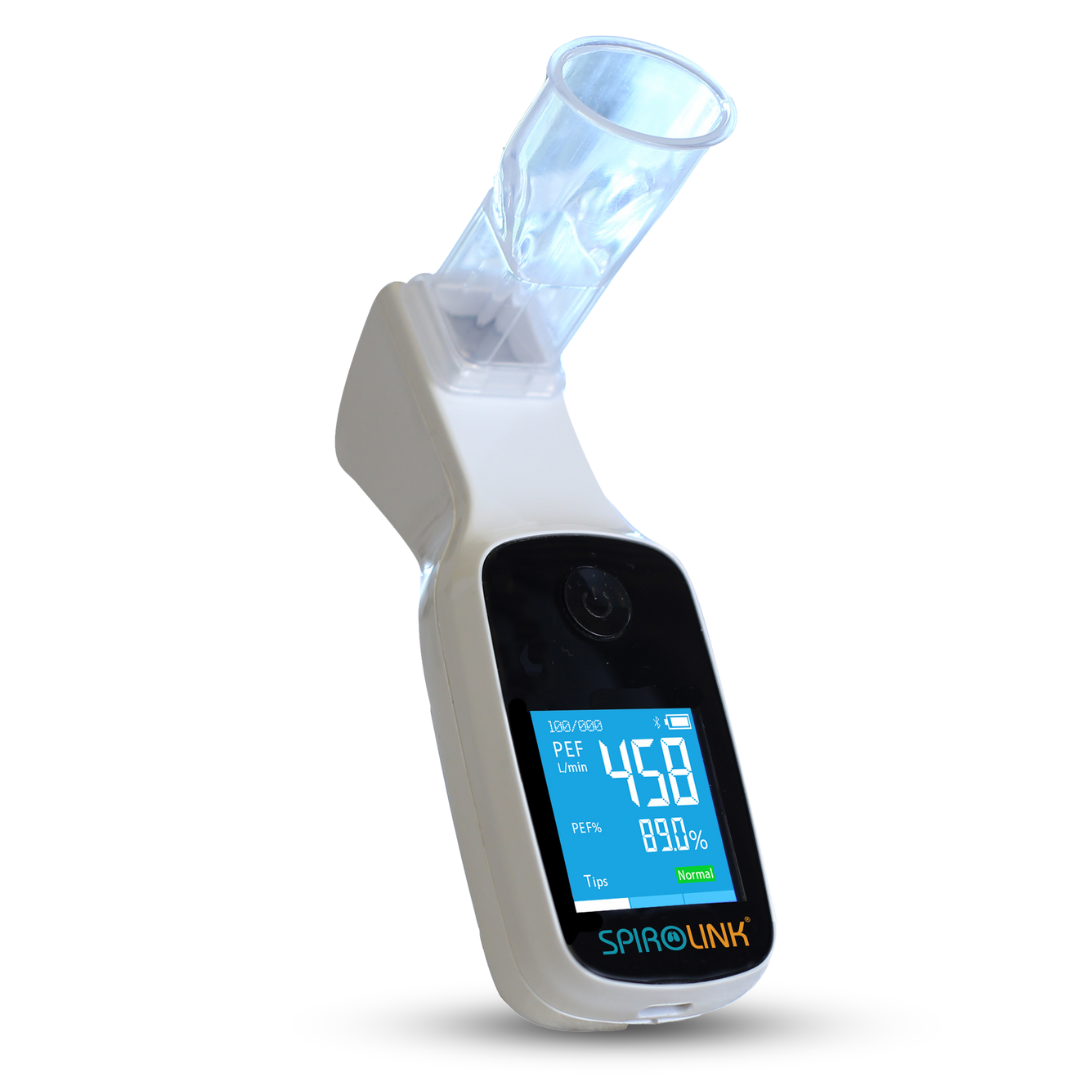
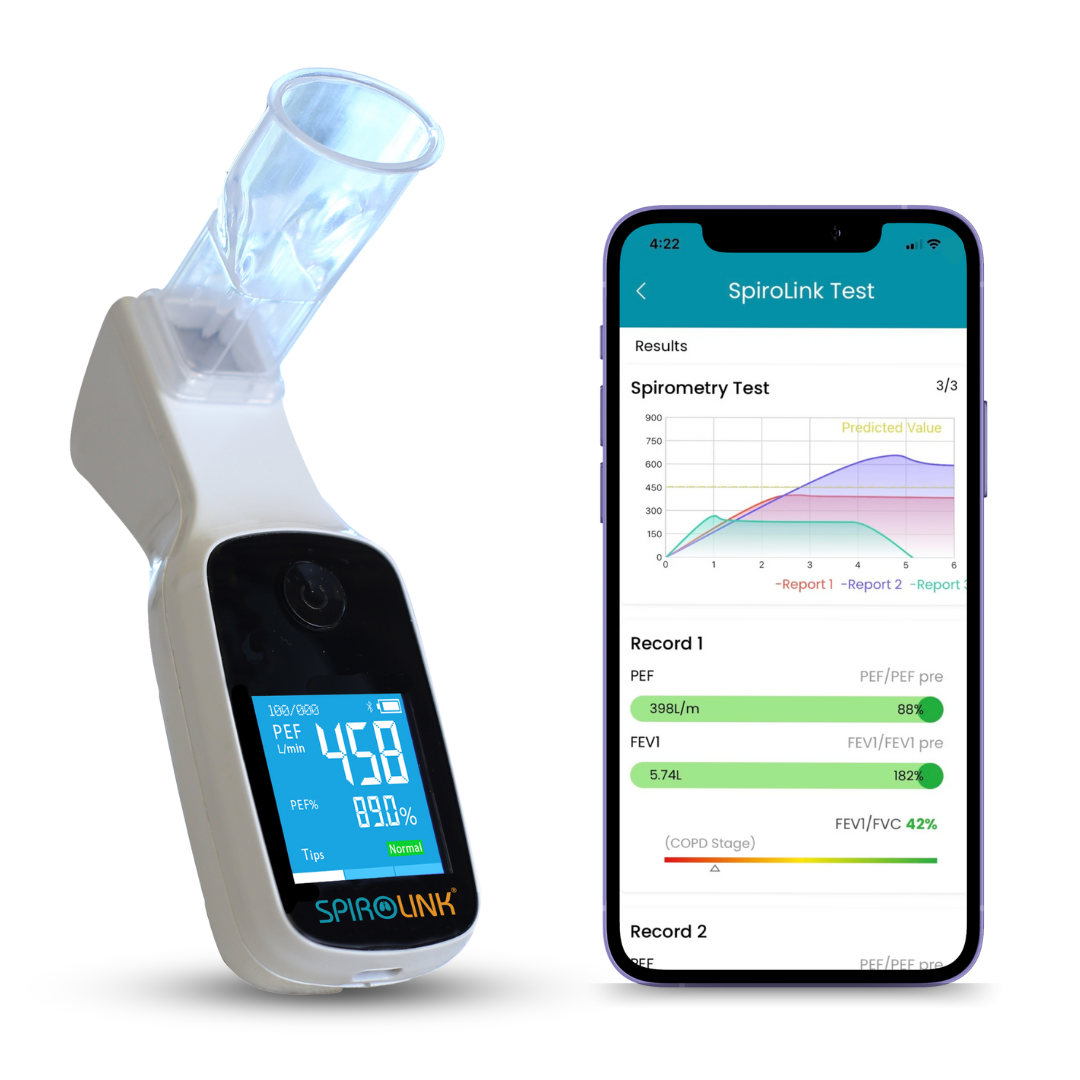
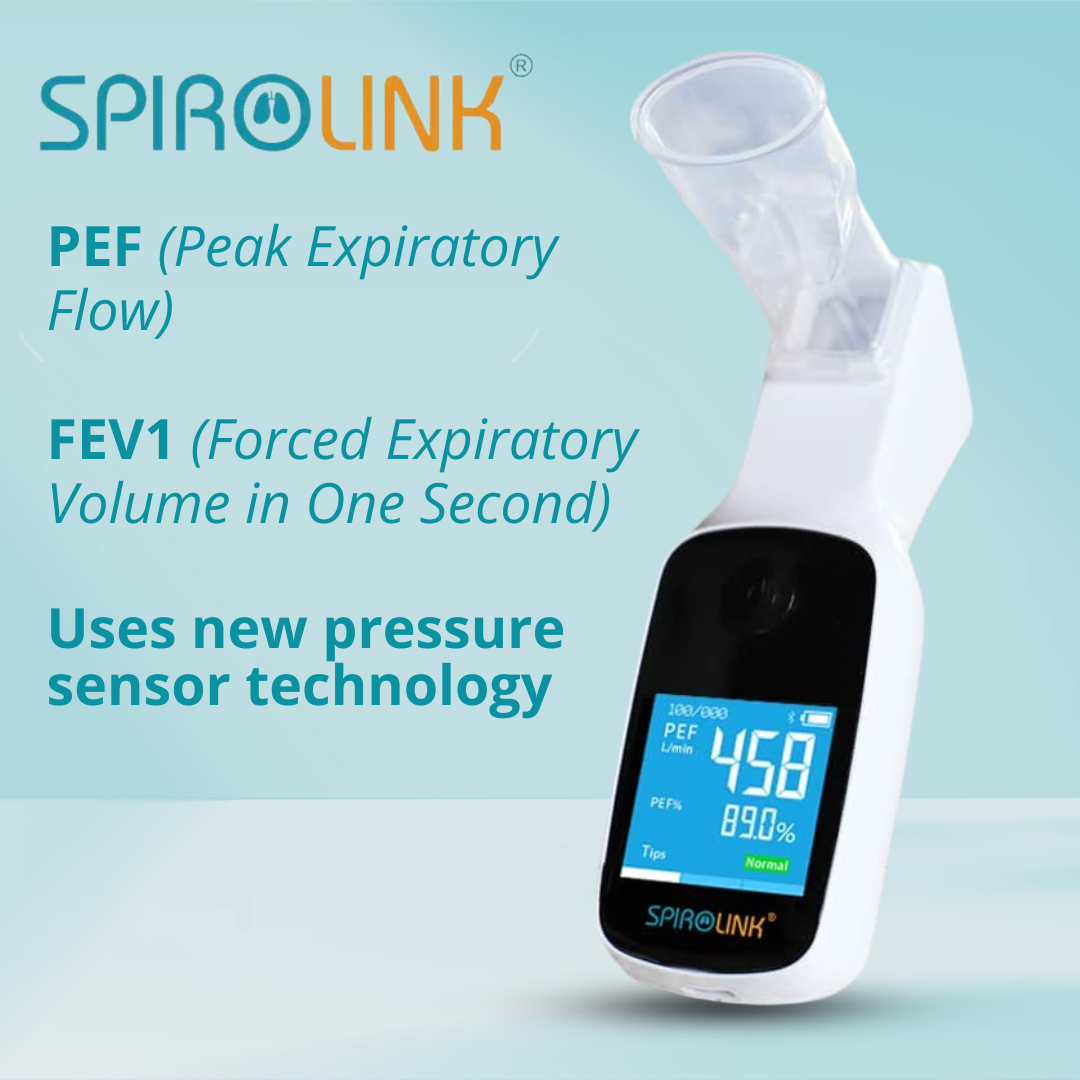
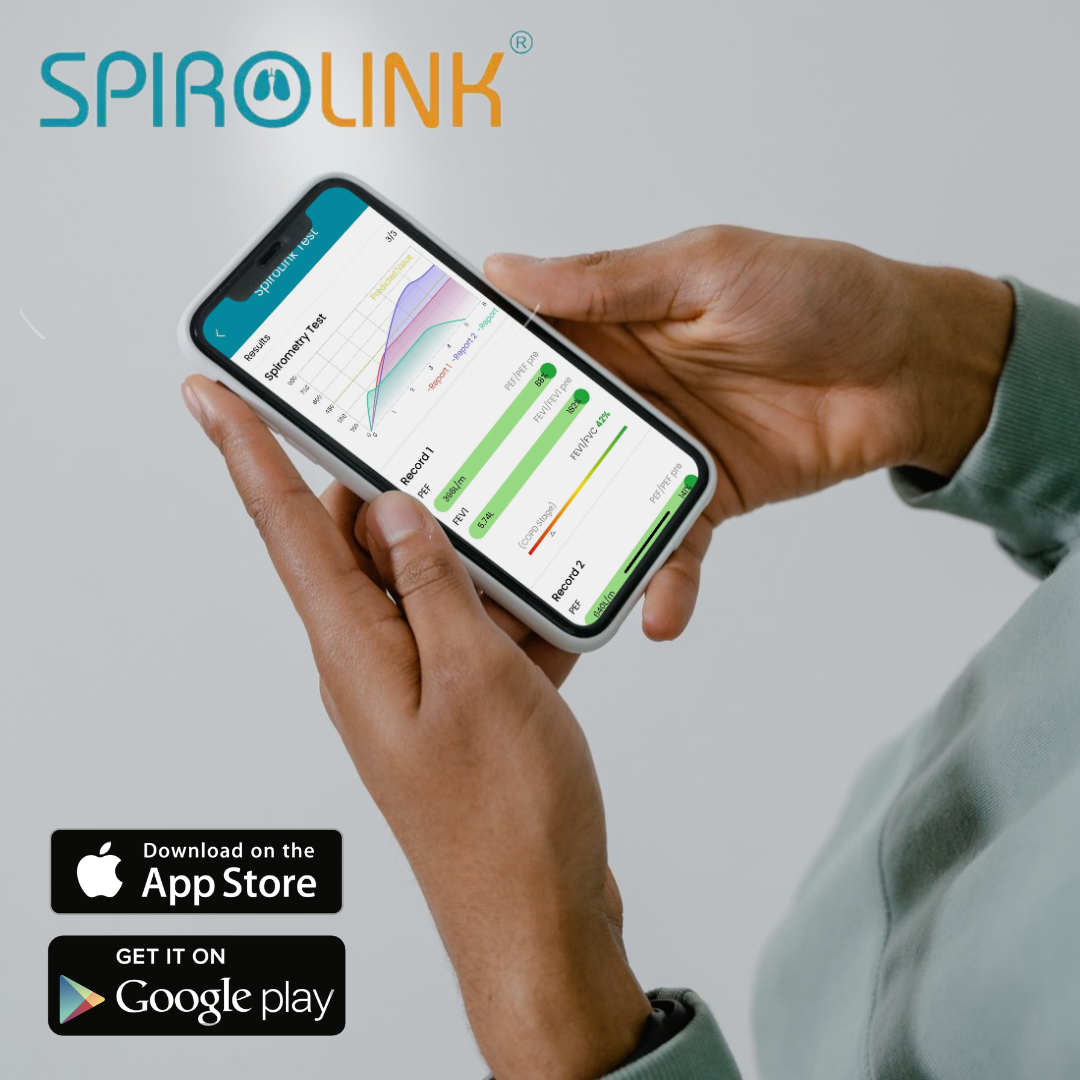
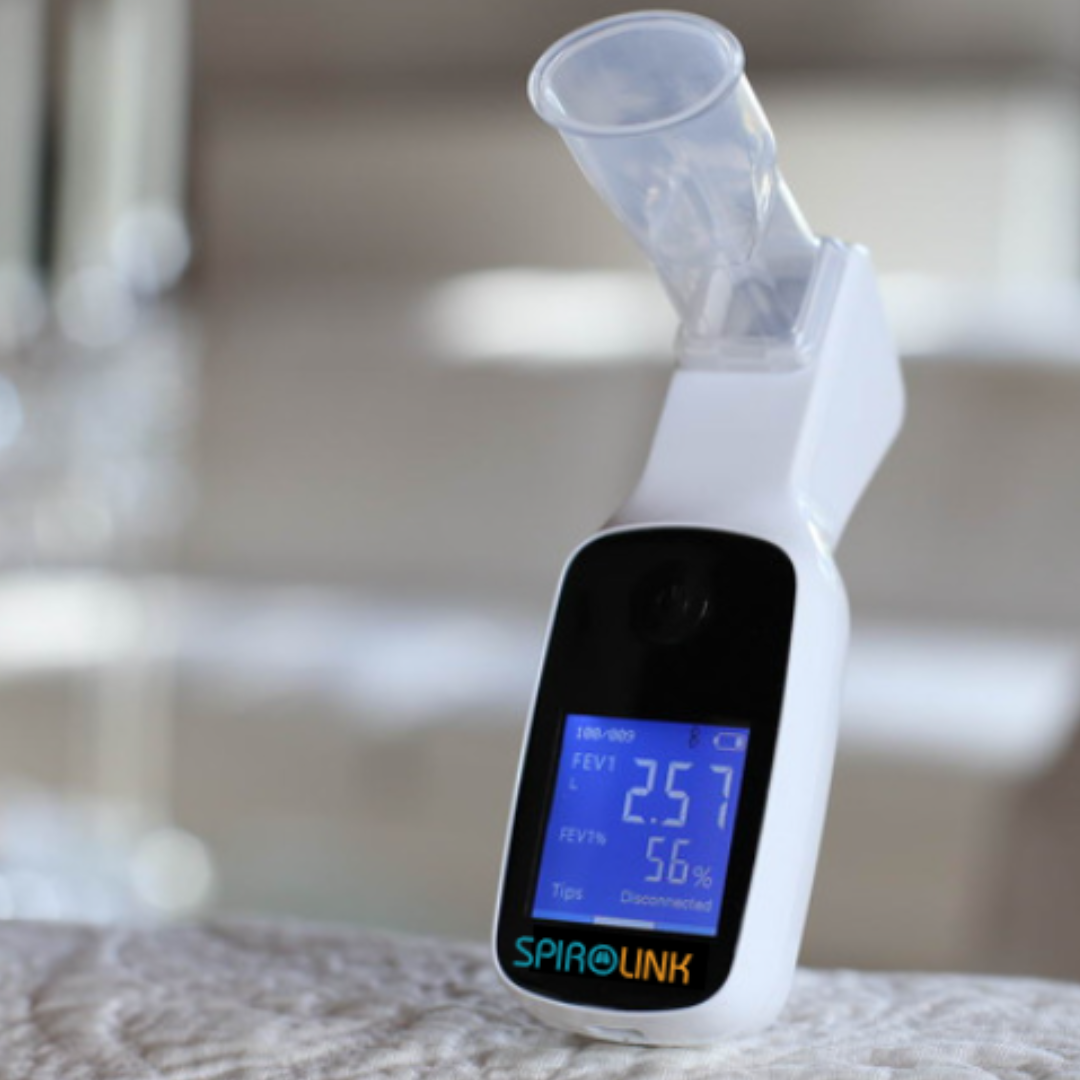
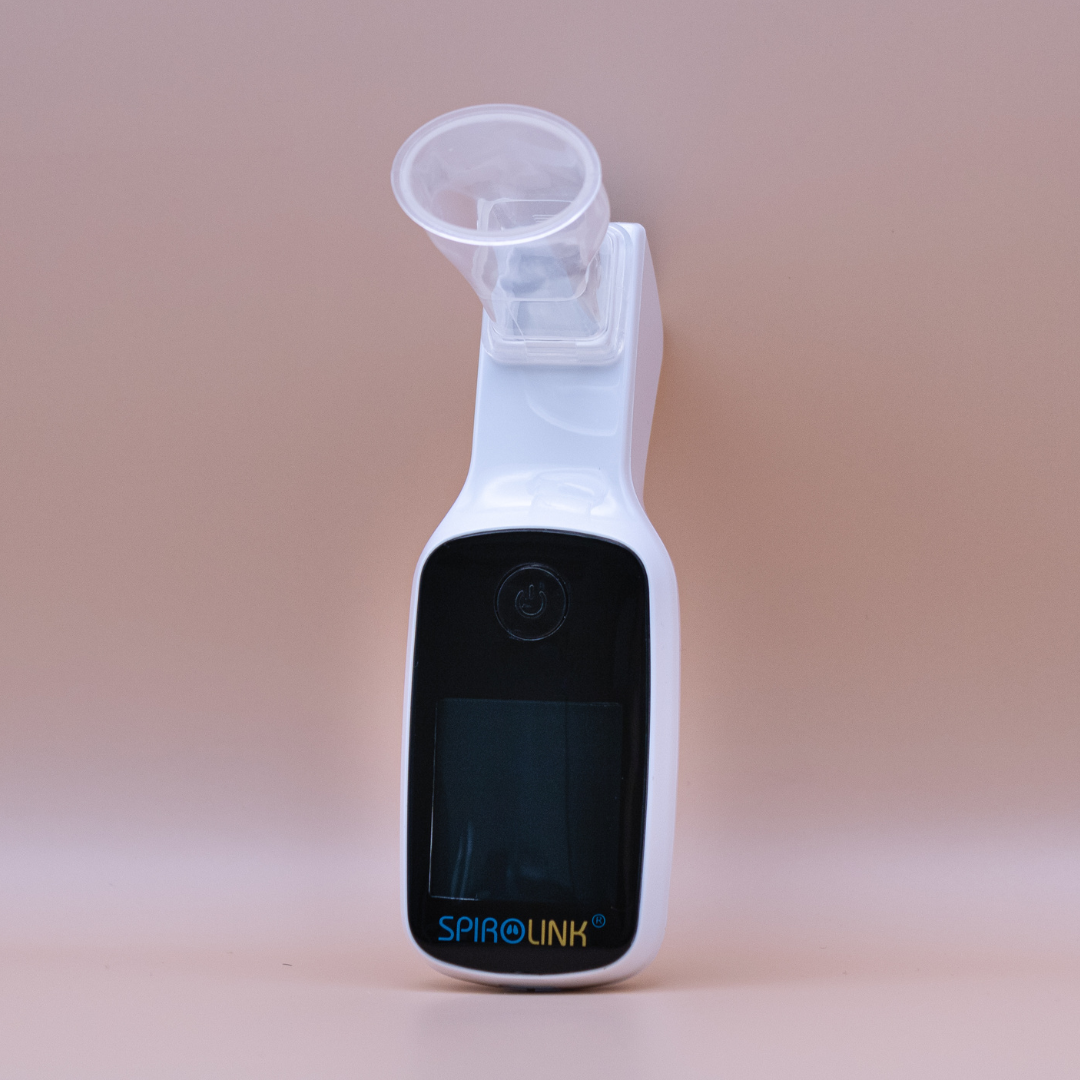

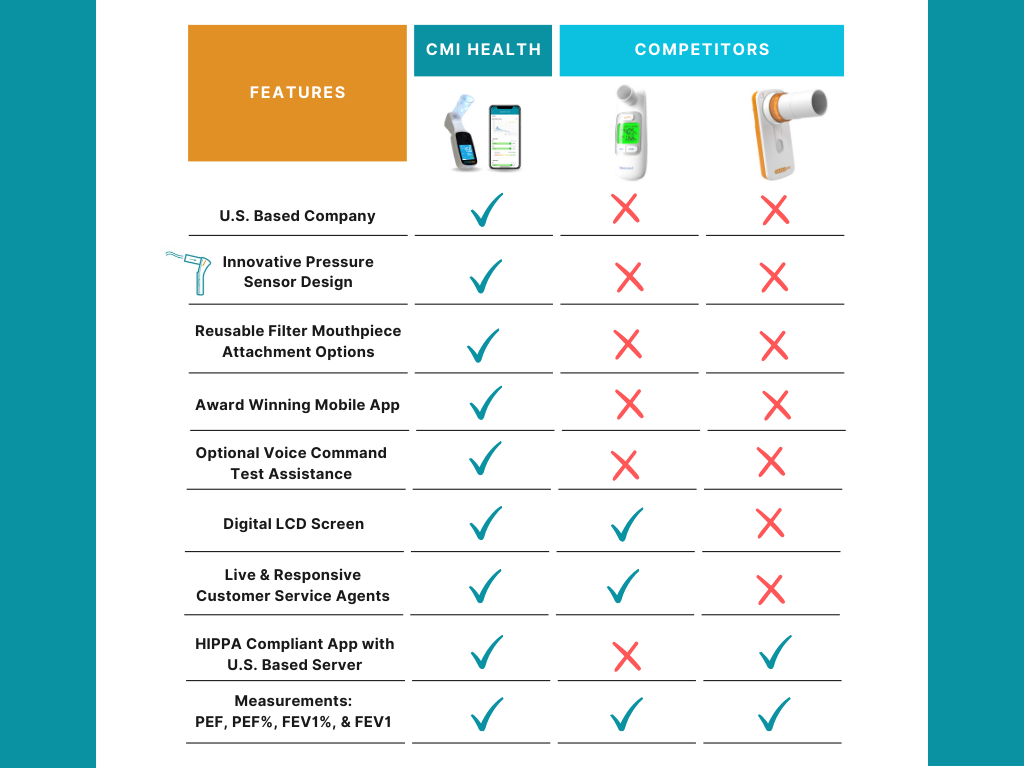
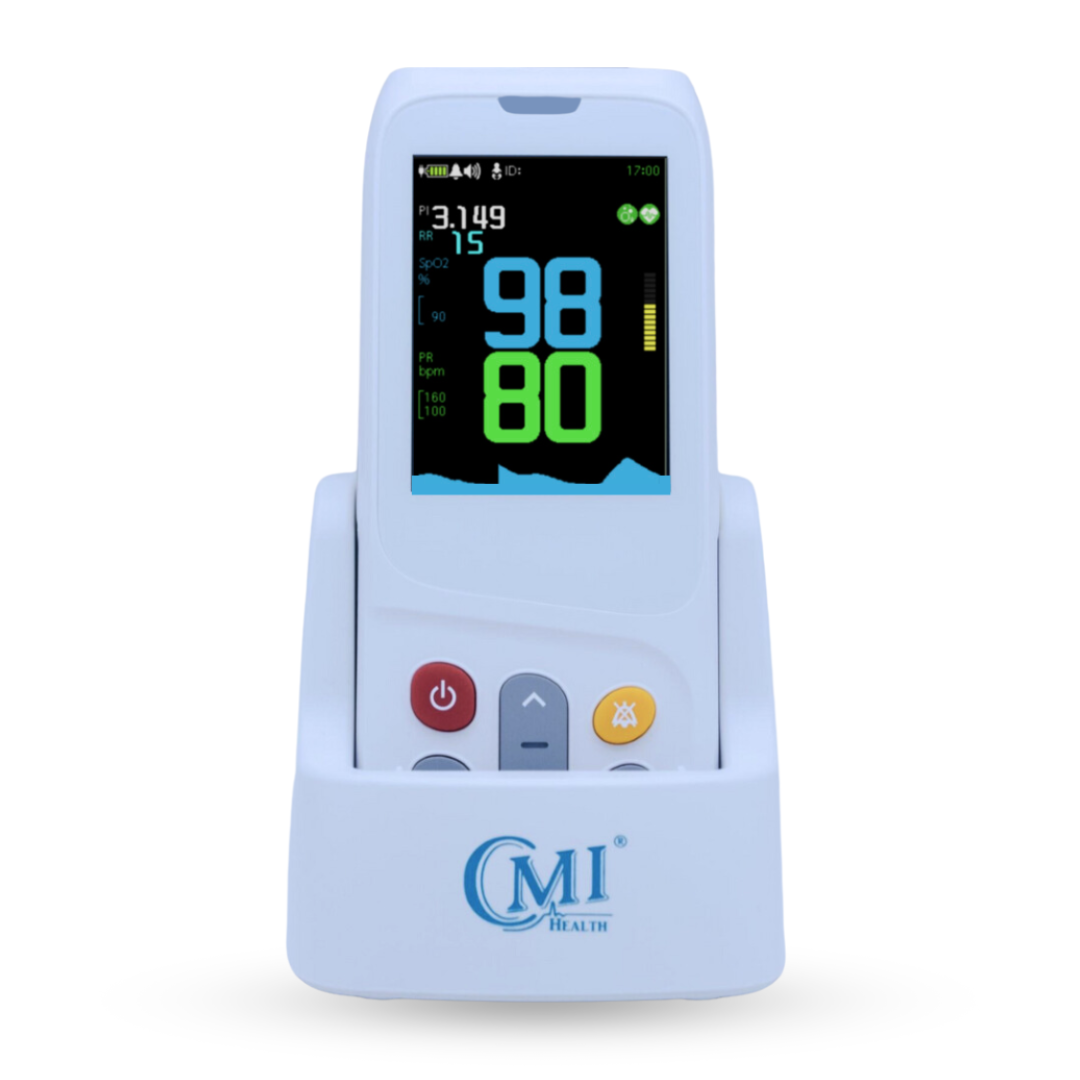
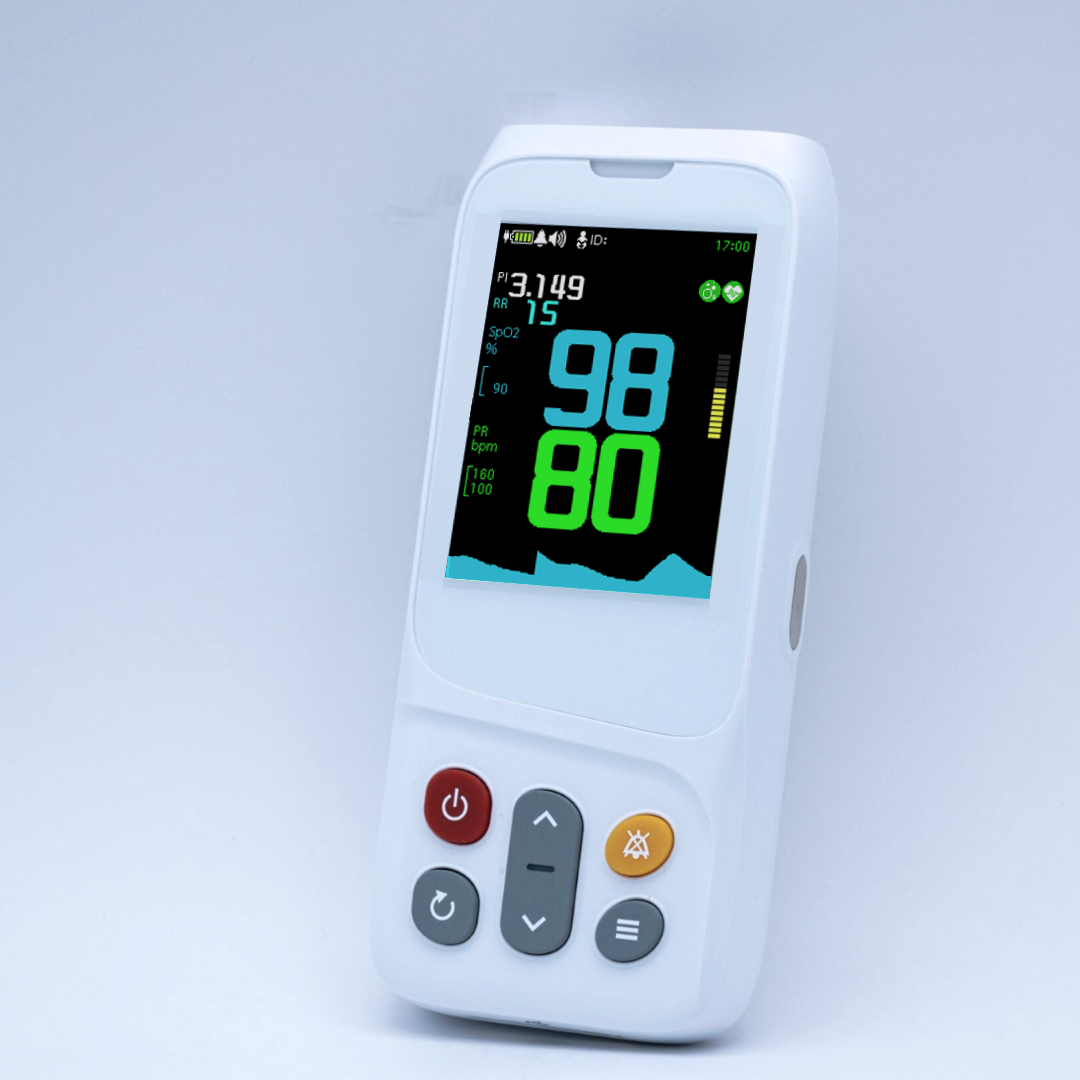
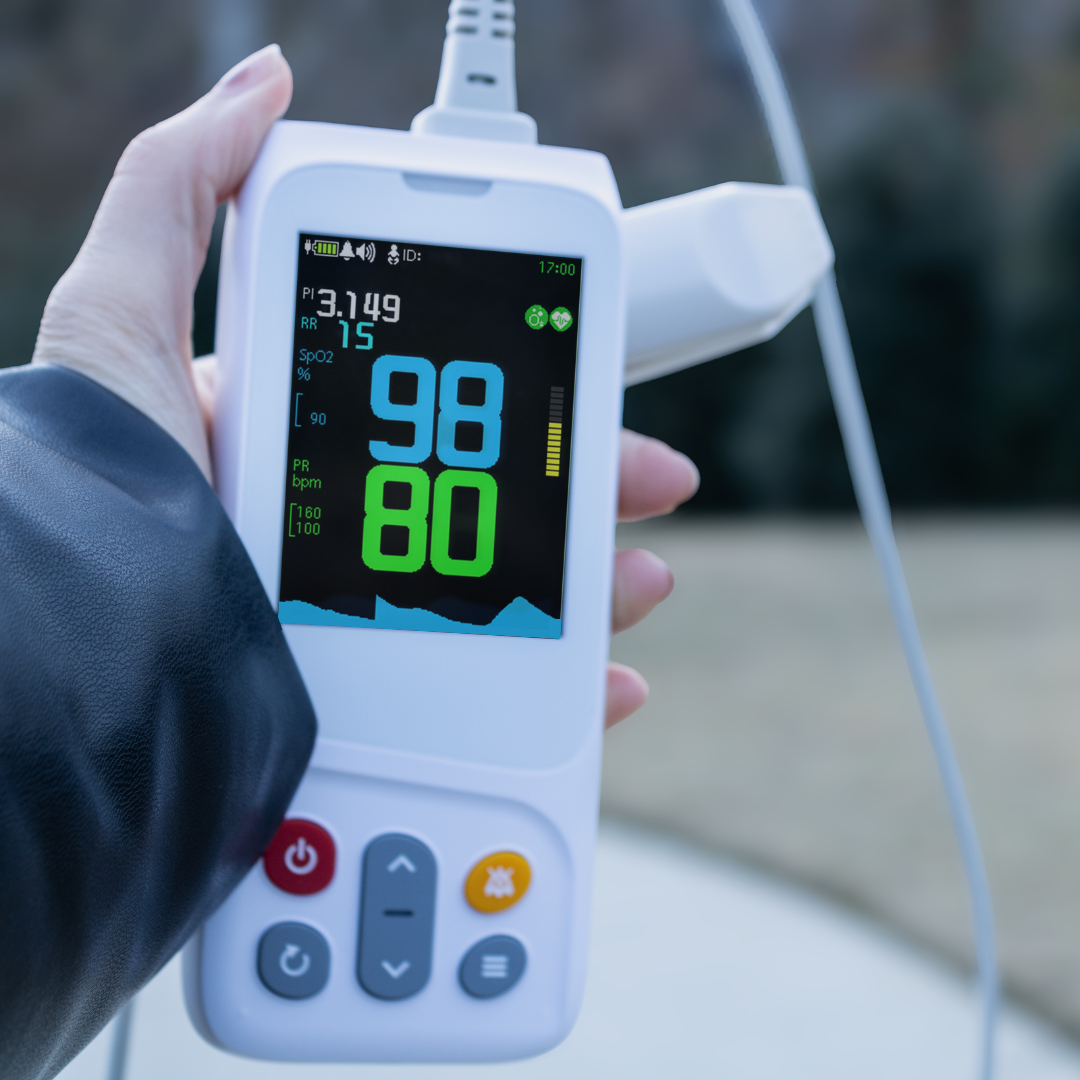
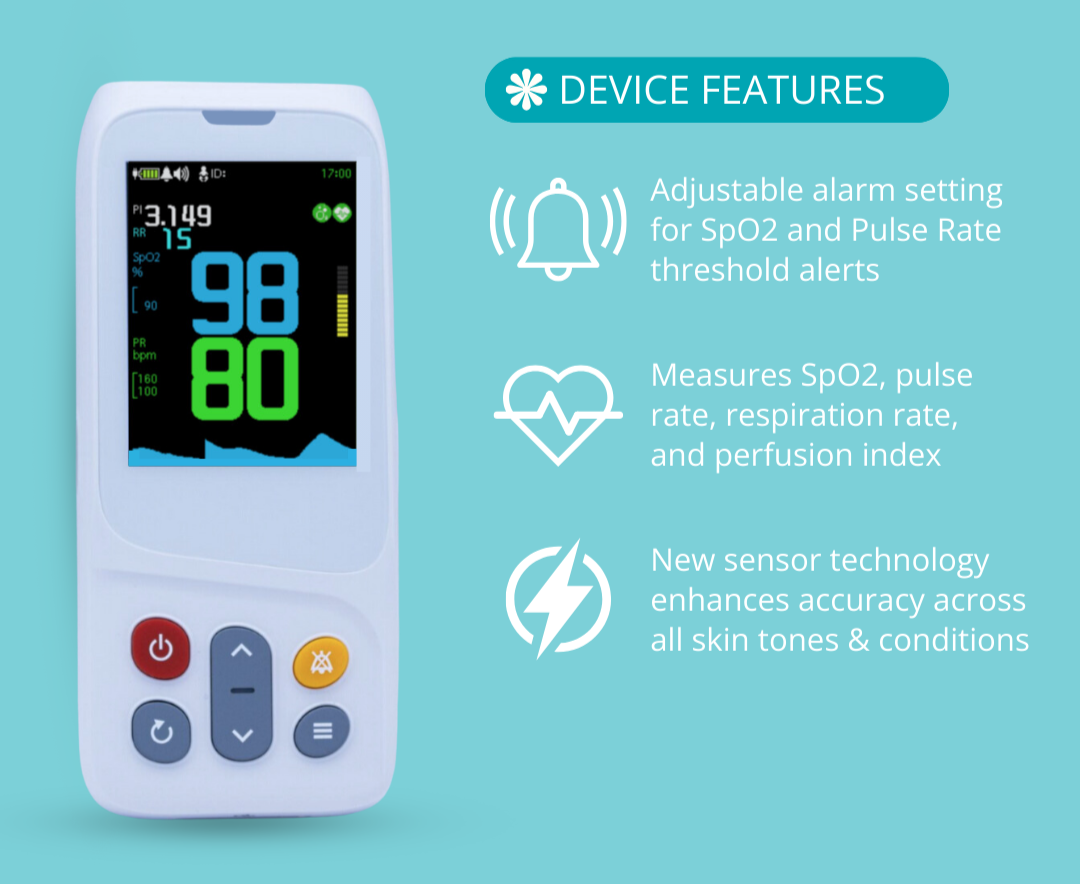
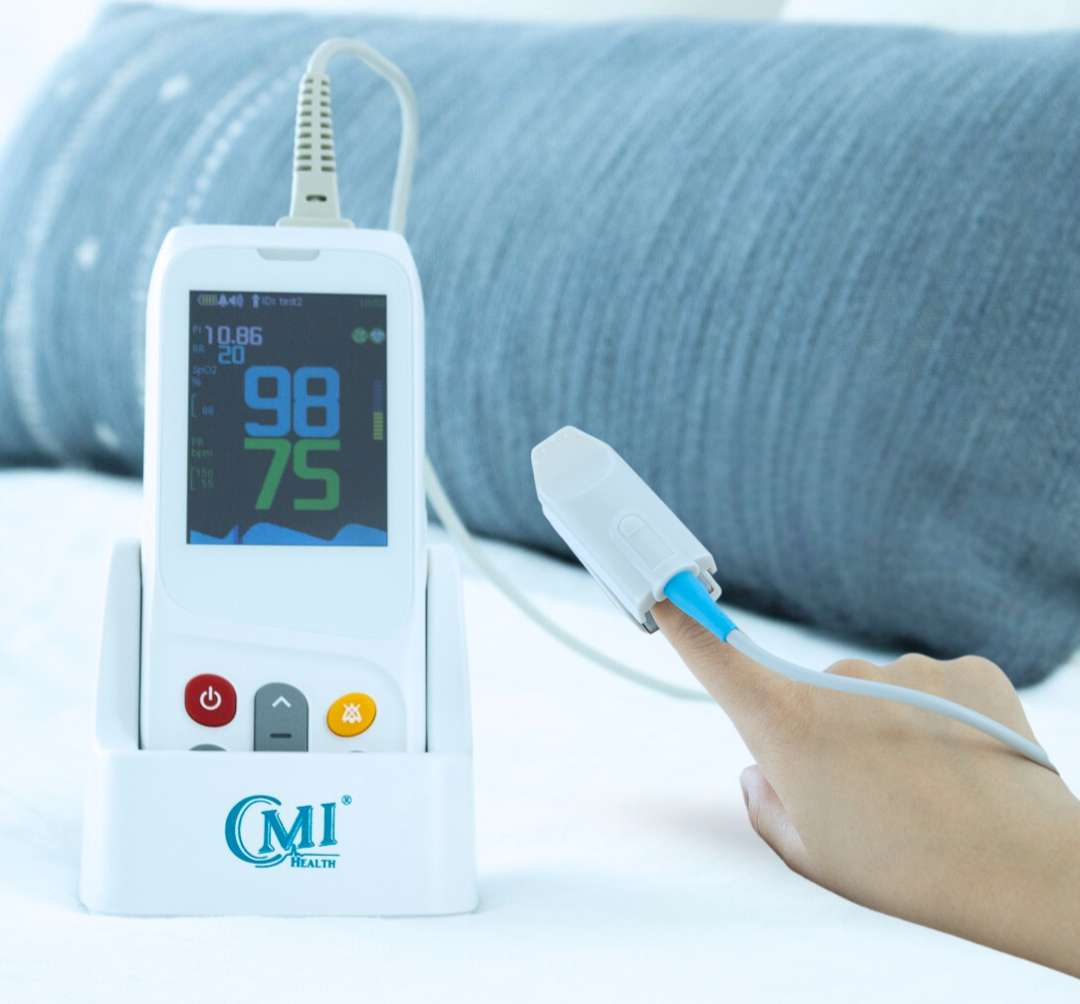
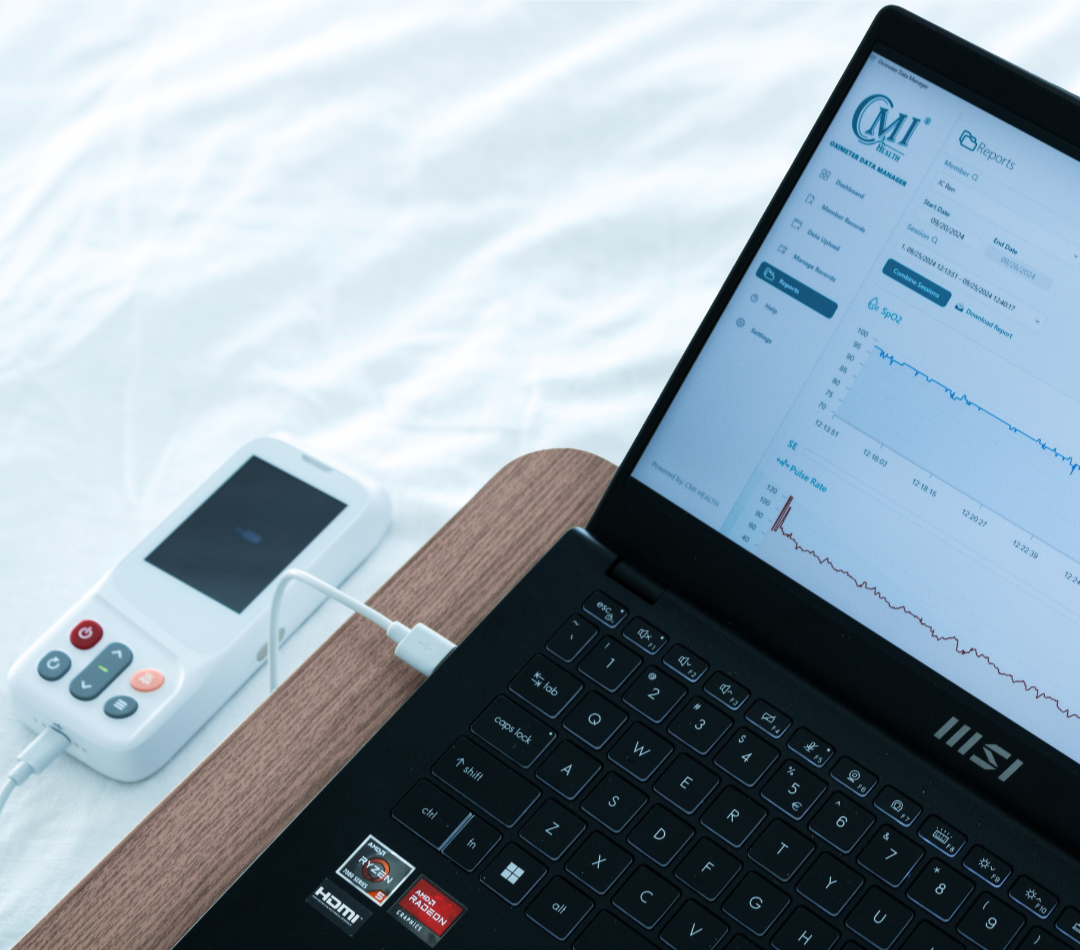
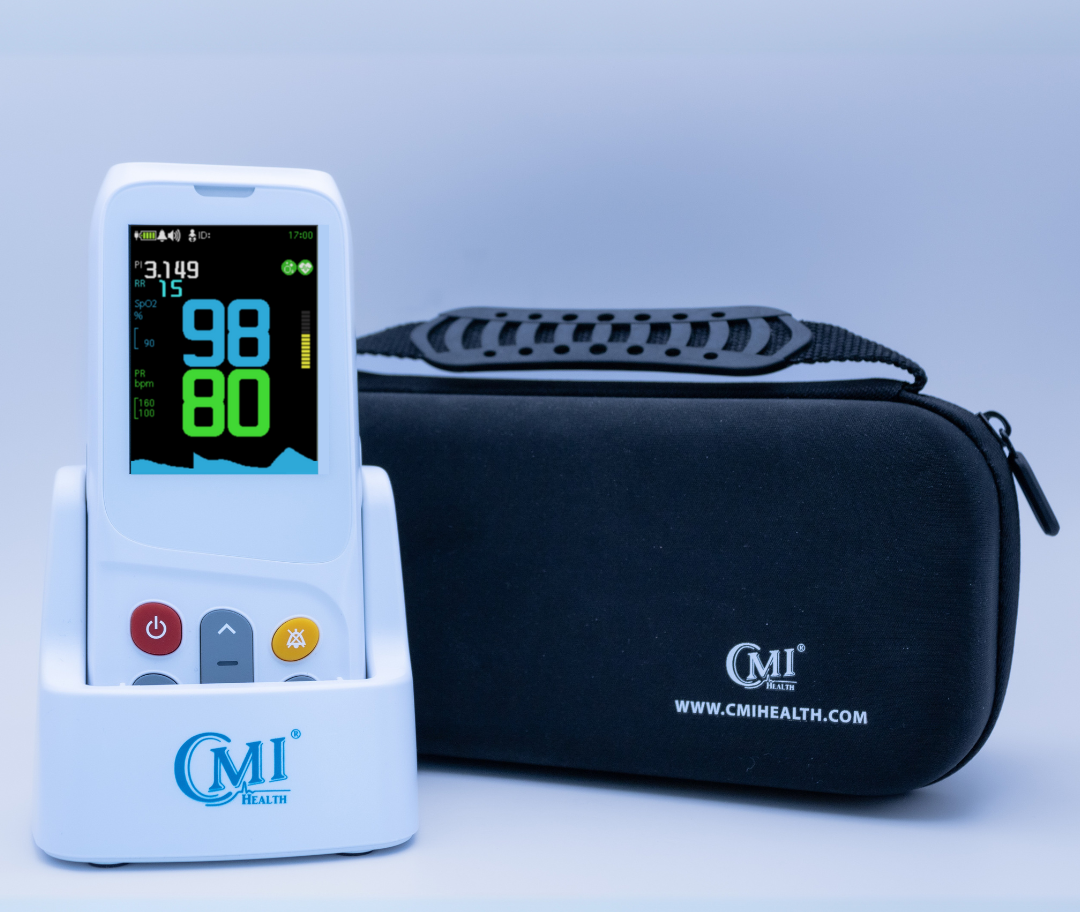
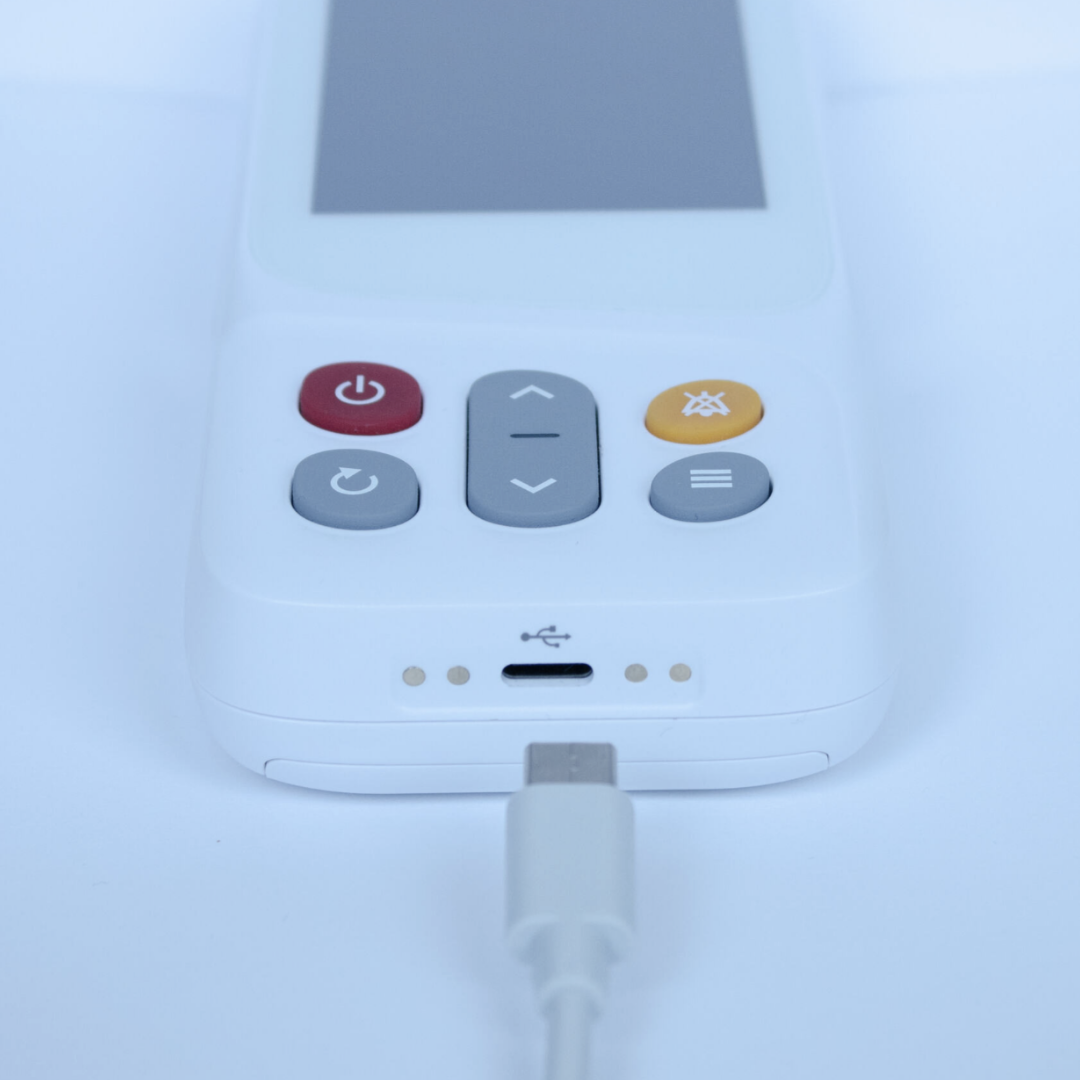
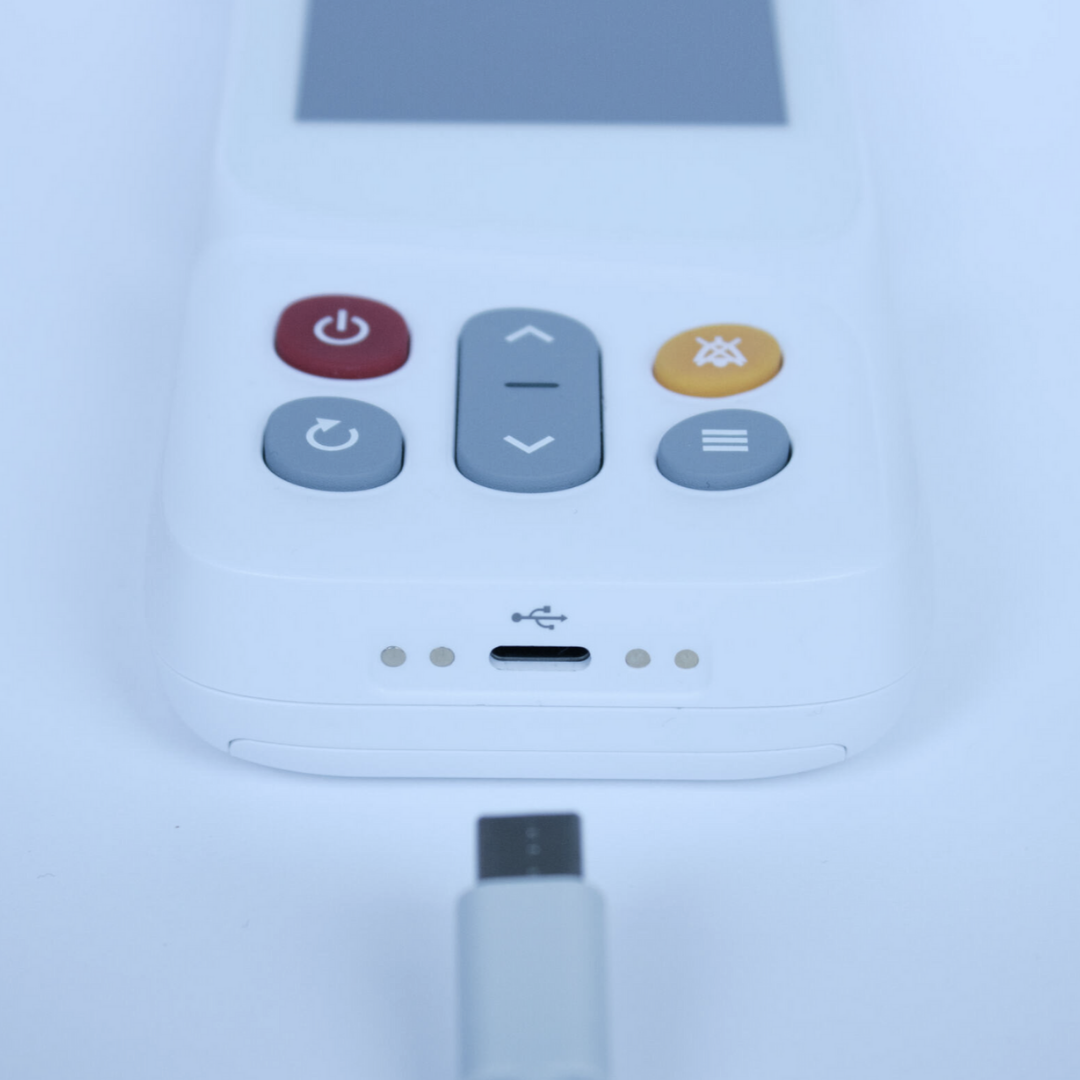
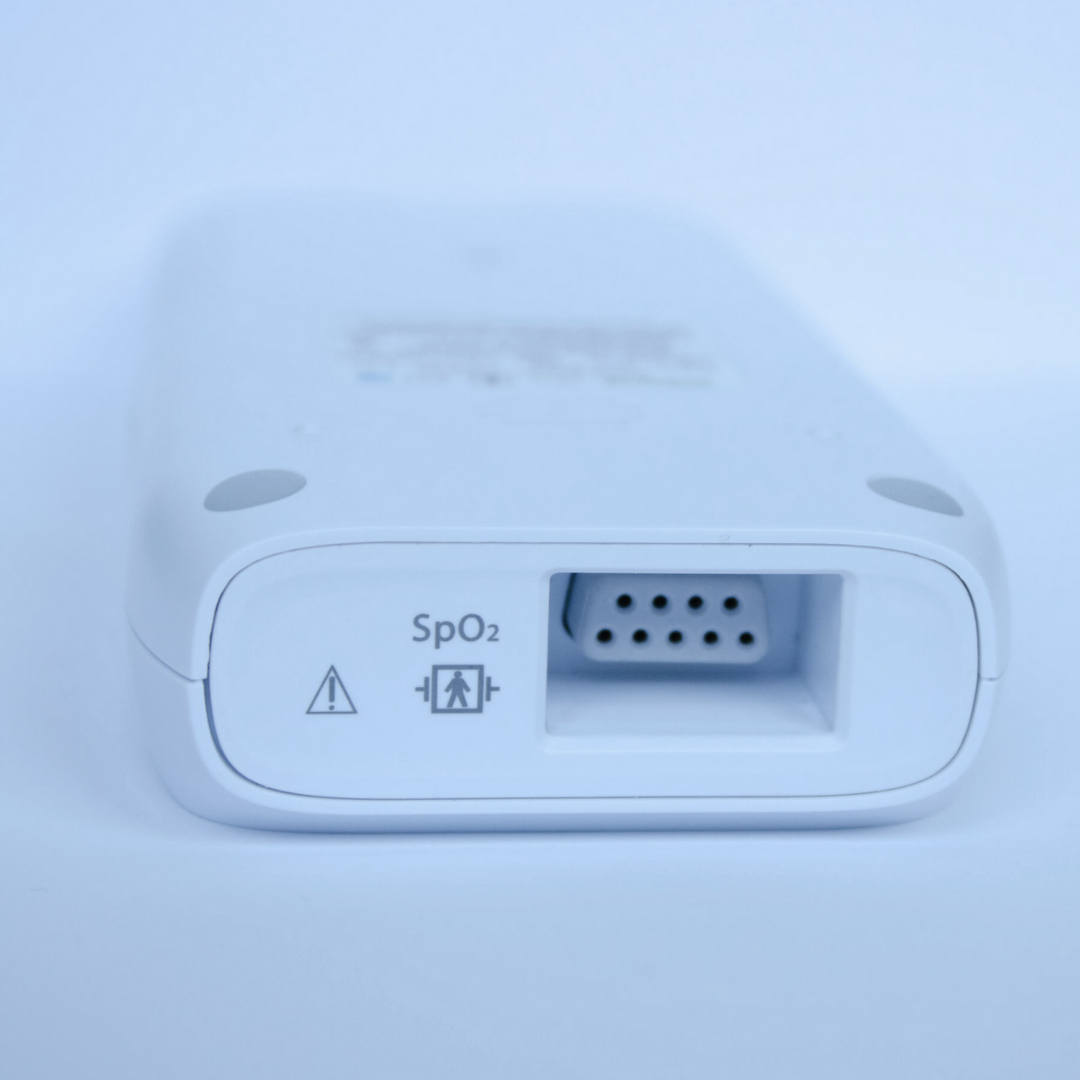
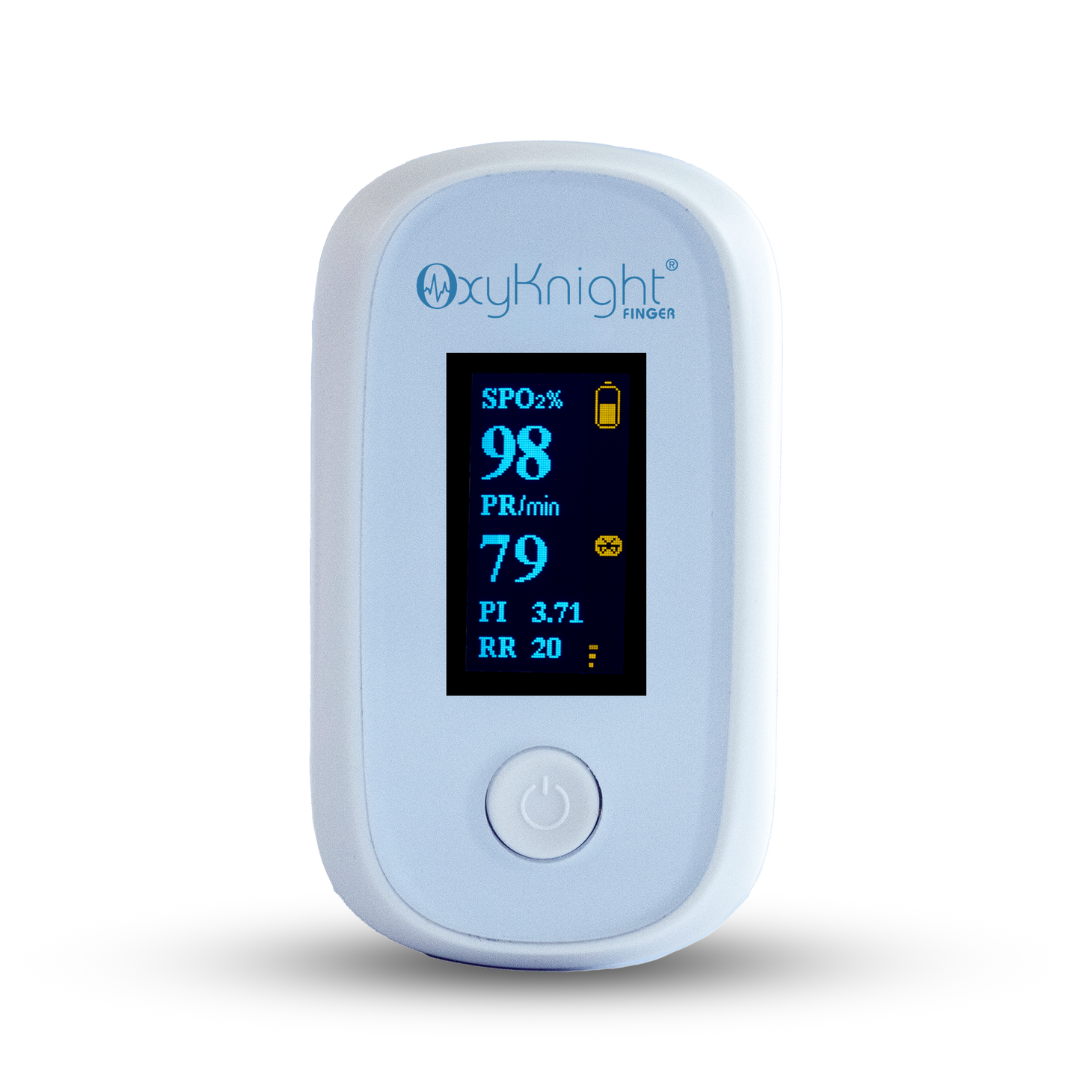












Leave a comment